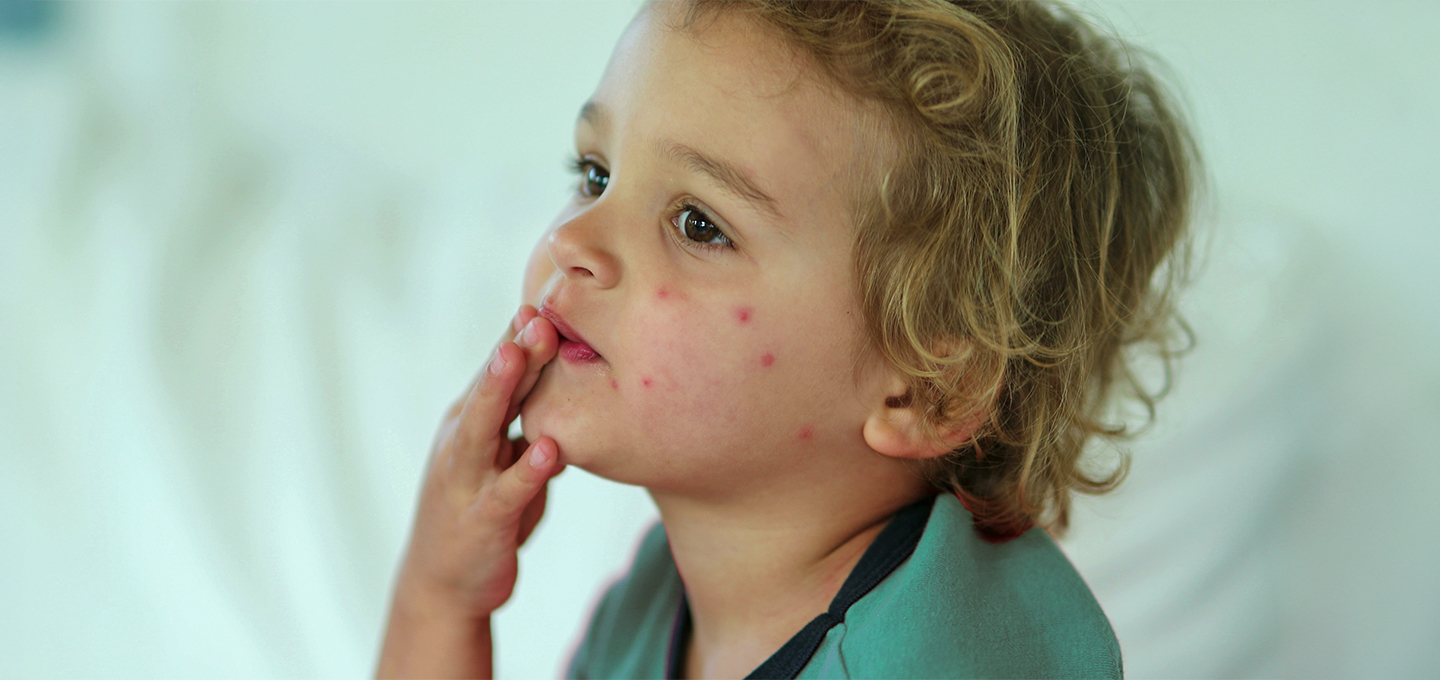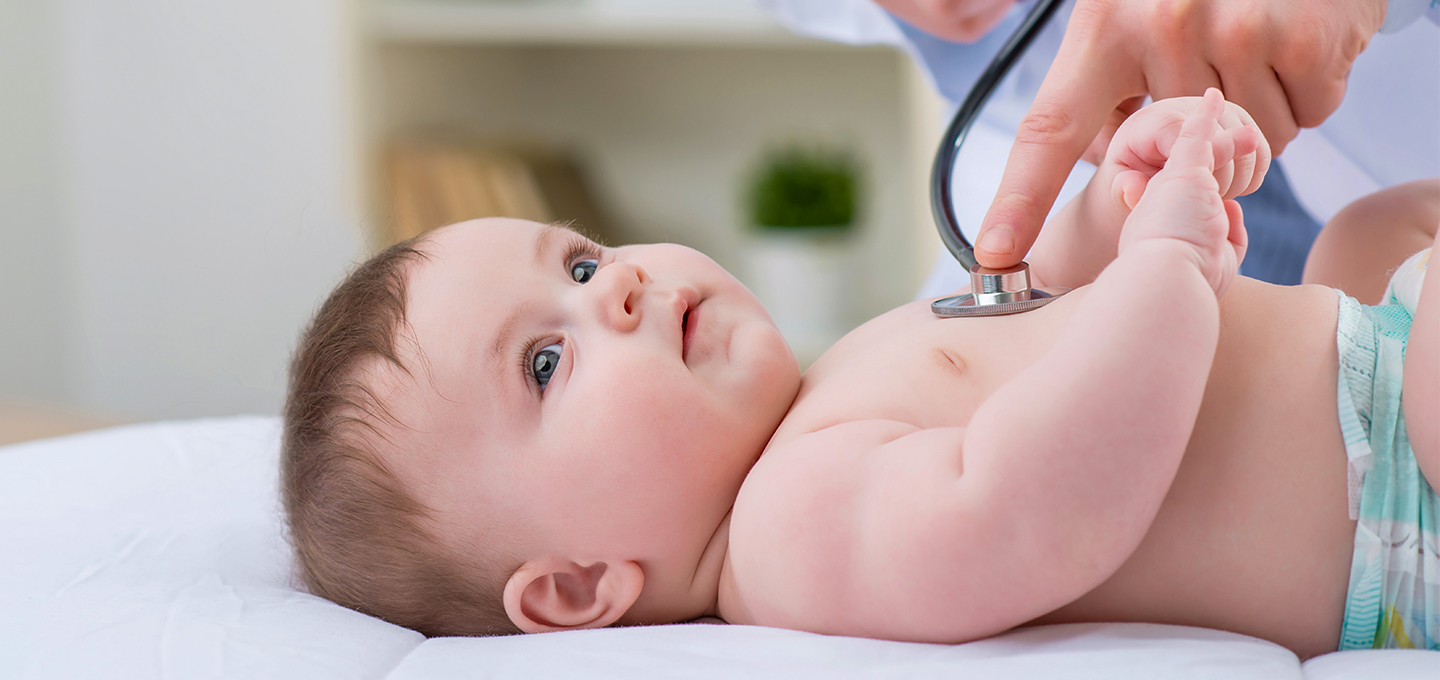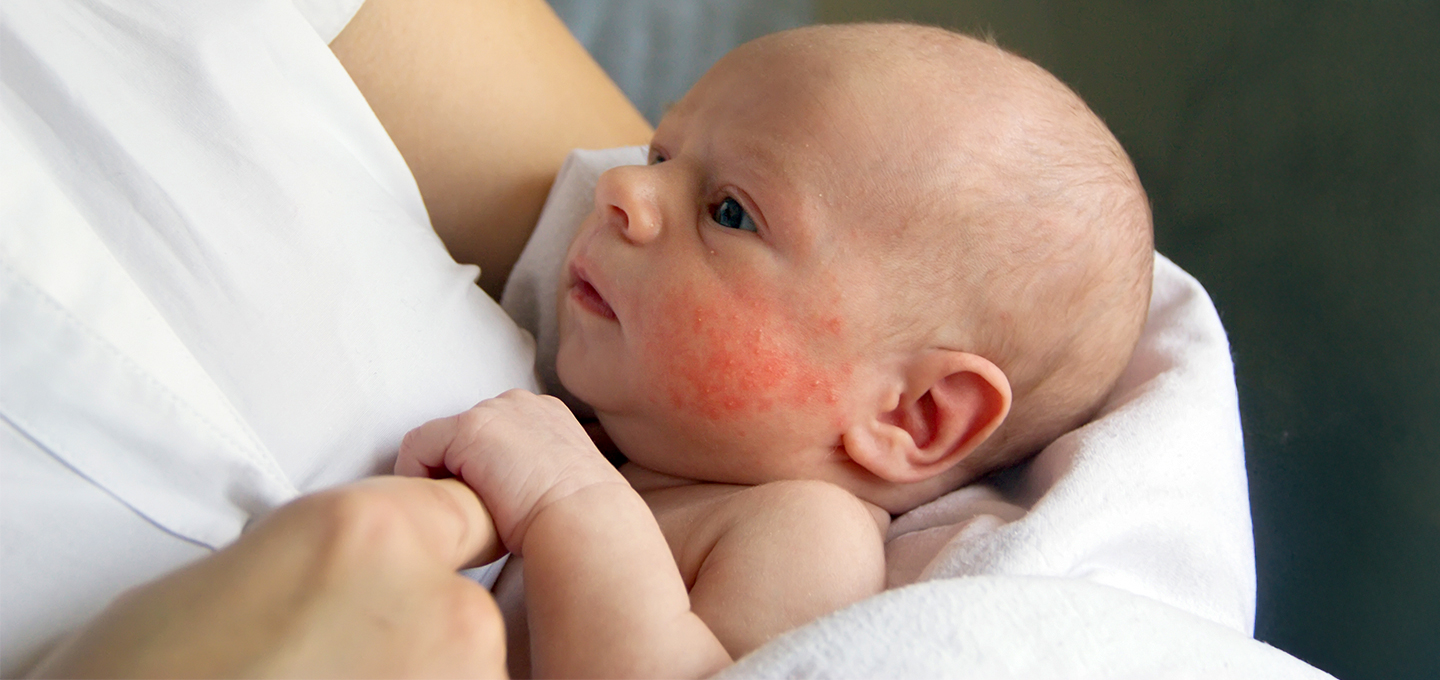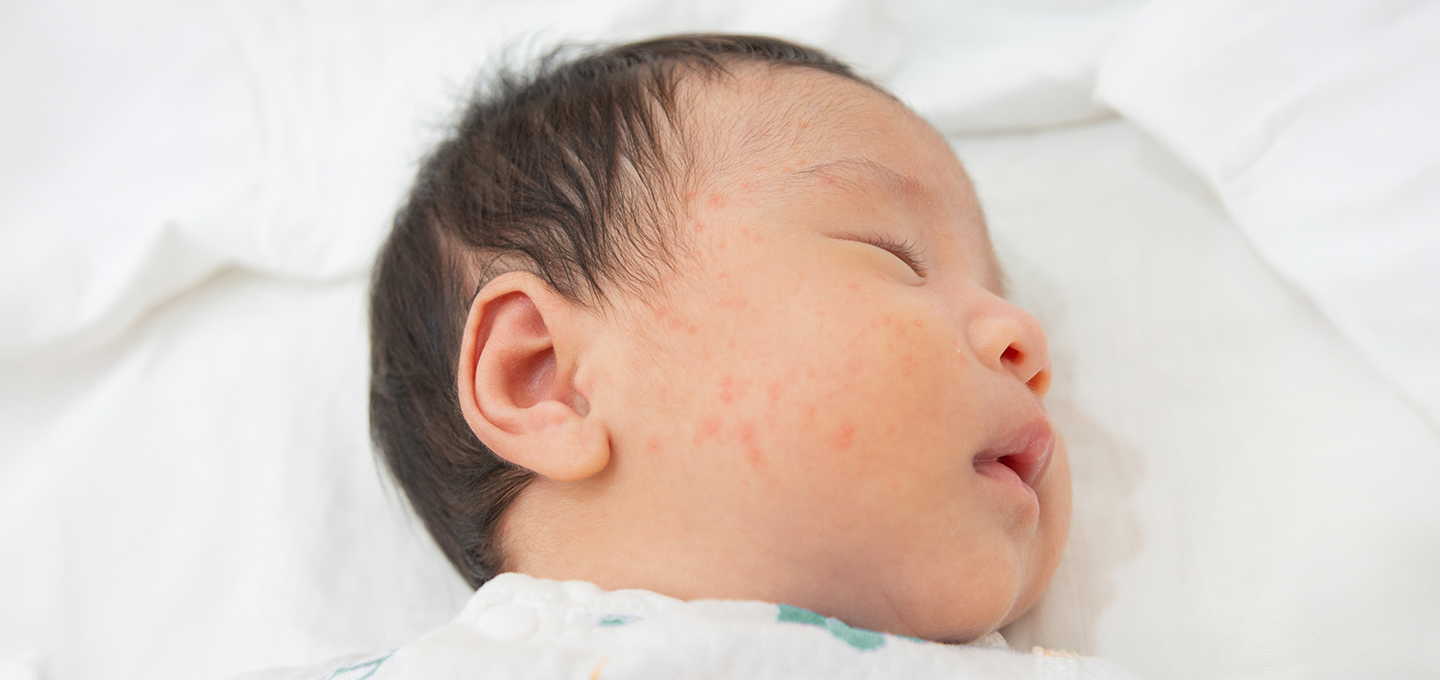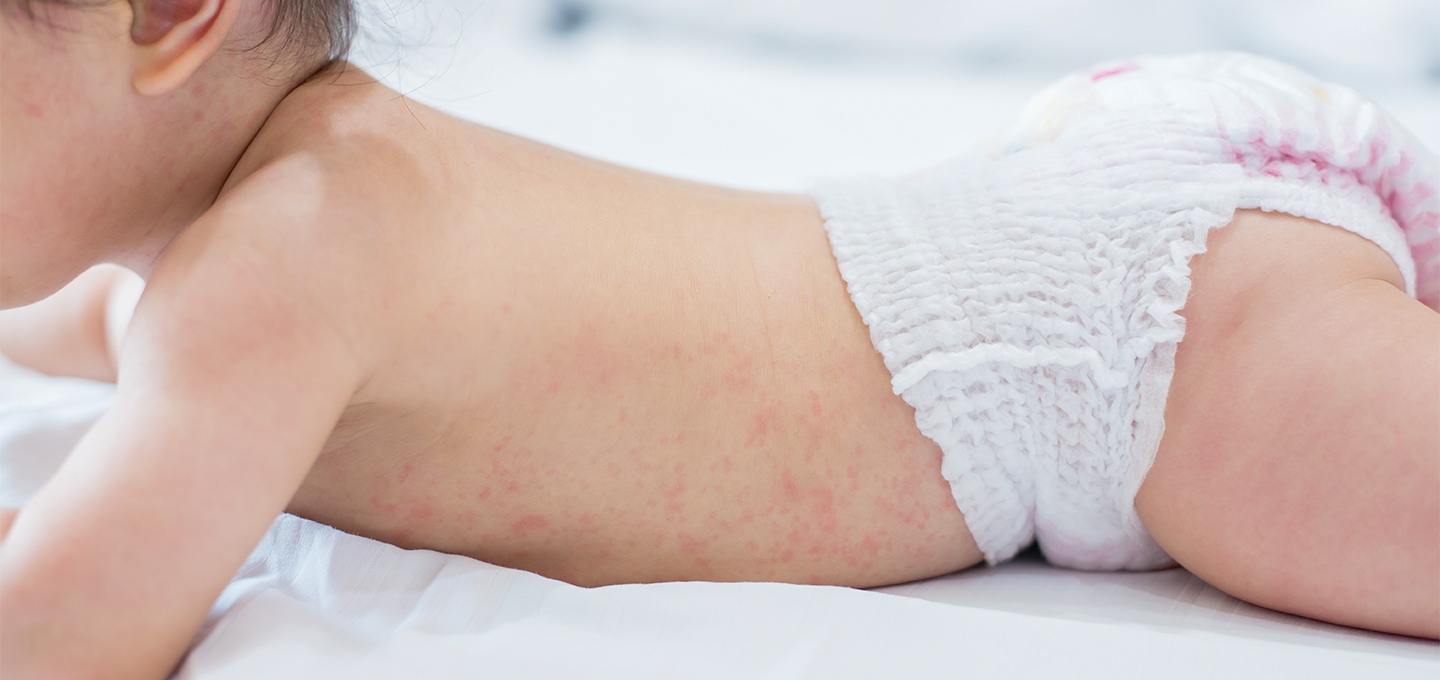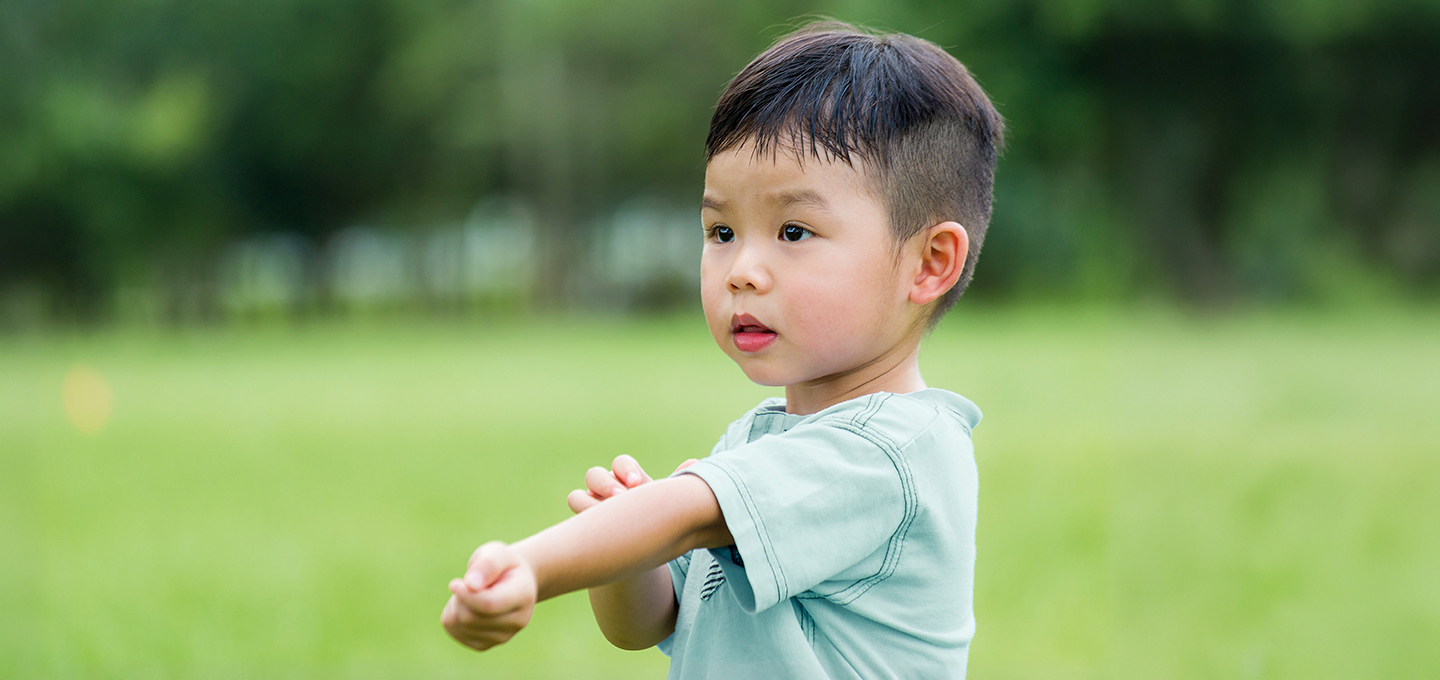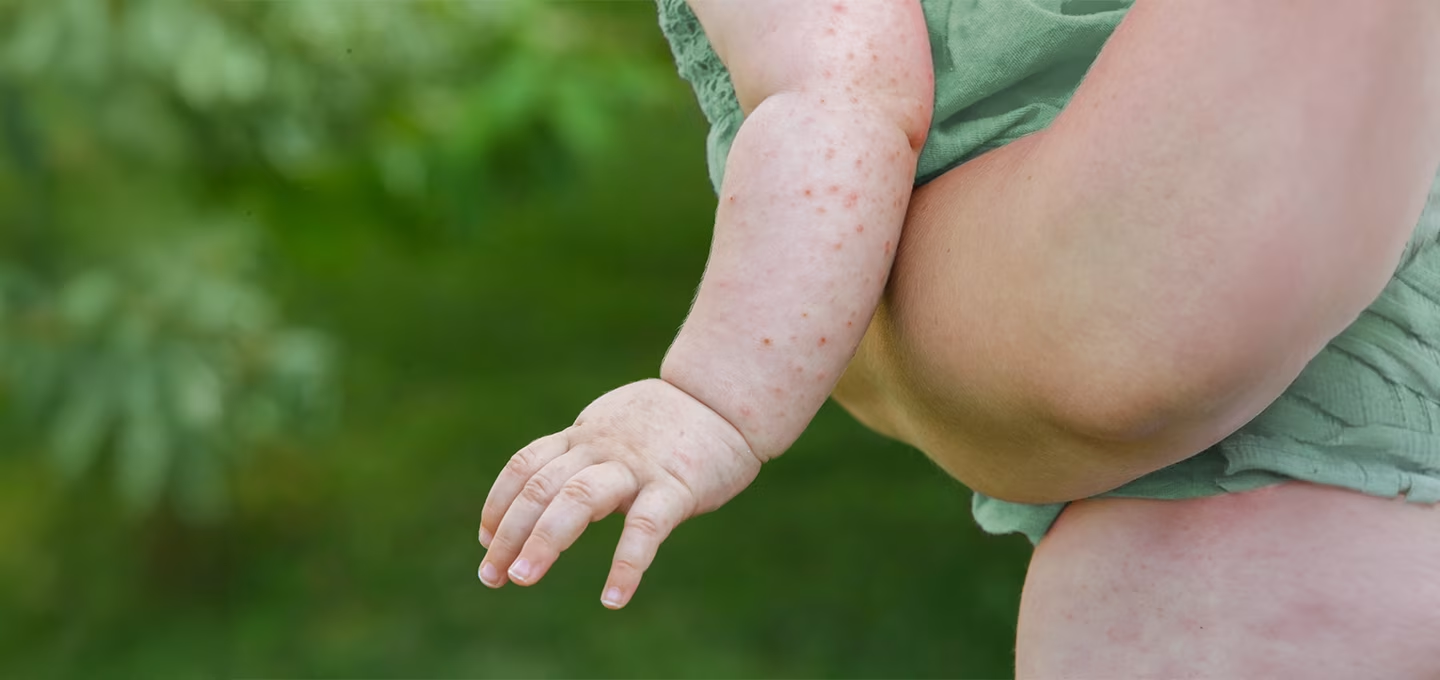
FAQ: Heat Rash in Babies and Toddlers


It's tough to see your little one come down with heat rash, which can be super uncomfortable, especially if it's on their face, they have heat bumps on their body, or there's itching involved. Although adults can get heat rash too, heat rash in babies and toddlers is more common because they're more susceptible to it.
Read on to learn about the causes of heat rash in babies, the types of home remedies that could be effective, and when you may need to see your child's healthcare provider for treatment.
What Is Heat Rash?
Heat rash happens when blocked sweat ducts prevent sweat from evaporating. Instead, it gets trapped under the skin and causes red or fluid-filled bumps. Heat rash is most common in babies, toddlers, and young kids during hot and humid weather.
What Causes Heat Rash?
Here are a few factors that can cause heat rash or make it more likely to develop:
What Are the Signs and Symptoms of the Different Types of Heat Rash?
Heat rash on a baby often appears as tiny red bumps around their pores, especially in areas where their skin tends to get moist or in spots where clothing causes friction, like the folds of their neck, upper chest, arms, legs, and diaper area.
There are several types of heat rash:
How Can You Treat Heat Rash?
Heat rash in babies isn't usually serious, and it normally goes away on its own without special skin care or treatment other than cooling the affected area.But there are a few home remedies you can try to keep your little one comfortable:
It's best not to use ointments on your child's heat rash because these can block the sweat ducts further. If these remedies don't work to improve baby heat rash, ask your healthcare provider for advice.
Can You Prevent Heat Rash?
You can help prevent heat rash by taking the following precautions:
When Should You Contact Your Child’s Healthcare Provider?
Heat rash usually goes away in just a few days without causing problems, but if your baby's symptoms last longer or the rash seems to be getting infected, contact their healthcare provider for advice and treatment.
Signs of an infection include:
It might be tough seeing your child in discomfort from a heat rash—but just know that it'll go away soon enough. Although heat rash in babies can't always be avoided, there are some easy steps you can take to reduce the risk, and it's worth keeping these in mind, especially during the warmer months. To enjoy exclusive rewards and discounts, consider downloading the Pampers Rewards App for your Pampers purchases.
Read more about Baby
Related Articles
Join a World of Support
through Pregnancy and Parenthood.
TRACK WITH TOOLS
LEARN WITH EXPERTS
GET REWARDED
